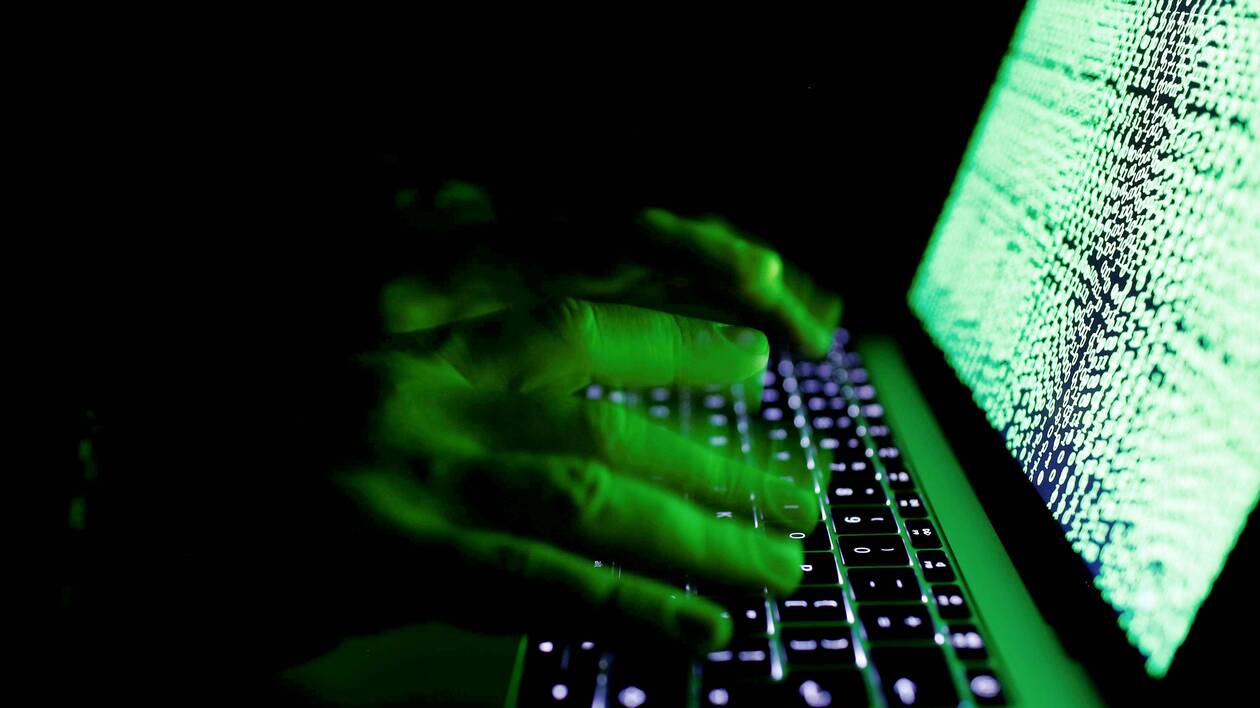
How do I be the victim of a cyberattack?
Today it is safe to say that human error is the main source of cyberattacks and constant loss of digital data.
Whether intentionally, thoughtless or unconscious, we often make mistakes that hackers use to slip into our system at our expense. These constant mistakes are costing public institutions and private companies millions and dollars. Just because someone couldn't hold back from clicking on a pretty shady link or didn't activate the firewall when needed.
This article will also interest you: How can we make corporate cybersecurity simpler and more efficient?
In a report produced by The Ponemon Institute, about a quarter of digital data would be caused by errors made by users. which leads us to say that every person, every institution must take steps to minimize these areas of error that weigh heavily on the balance
In order to do this, it is necessary to identify all bad practices that are the potential risks that make a person vulnerable to terminal or a computer system as a whole. Also here are three profiles that you absolutely must erase if you you see that this is part of your behaviour or habits
1. Nonconformism
For a maverick, it is in no way disturbing to disable a security protocol or firewall if the latter prevents him from doing exactly what he wants to do. he does not even seek to know or even understand that such an act is dangerous for him and for a system in general. This kind of person is the main source of infection of computer systems in companies.
The maverick is one of those people who uses his children's dates of birth, or the date of his marriage as a password, or the date of his marriage, even validating the feature "remind me later. when it comes to doing a security update. In other words, this behaviour leads the individual not to fall within the norms imposed for maximum security. Whether an individual is a member of a company, it is obvious that it will be easily hacked by domino effect, infected with other terminals or system to which it will have a link.
2. The I-m-in-foutism
This kind of profile corresponds exactly to a person who is capable of sit on the terrace of a café to wait for transport, for example using its work to connect to an unknown wifi while checking folders Confidential. He's one of those kind of people who forgets their PC professional on a public table to go where the wind takes them away. This kind of person is much feared and by IT managers or cyberspace protection officers company. Csi working methods involving a high level of labour mobility, more and more large scale, they are not yet unless it is a risk to the computer security. And it's not negligible especially when a profile the same is in your team.
3. The ignorant carelessness
This profile is difficult to identify, it must be admitted. Because usually they involve people who are personally targeted to start an attack. These are people who are sent booby-trapped links or corrupt attachments. If inadvertently clicks on his links or follows the requested instructions, then the trick is played. Computer hacking can be started to succeed.
It is only through these methods that different malware manages to infiltrate the computer system of companies or other public institutions. These include Ransonwares, rootkits, Trojans, network intrusions, etc. In some cases, we cannot blame these people much, other than their naivety. In fact, sometimes, booby-trapped messages even seem to come from the CEO of a company to which the individual is affiliated.
Perhaps believing to answer to a person responsible, he finds himself trapped. But it has to happen again. For this reason, companies are usually asked to train their staff on certain reflexes and practices.
Now access an unlimited number of passwords:
